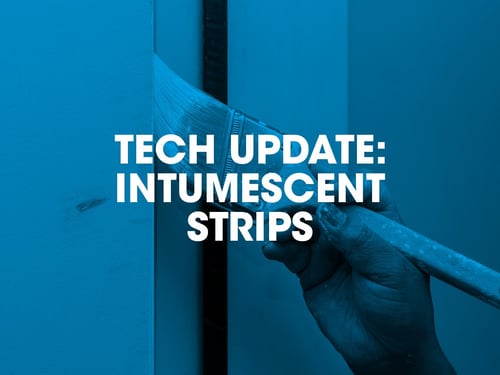Details
Intumescent strips are fitted to doors to swell in the event of a fire, thus sealing the door to frame gap.
An intumescent strip is often installed as a combined unit which incorporates a fire resisting material and a cold smoke seal. The intumescent material expands on exposure to heat, sealing the door once a fire has taken hold. The brush or vinyl blade, which is effectively a draught excluder, helps prevent smoke getting past the door in the early stages of a fire.
If painted over, does this affect the integrity of the ‘Intumescent strips’ in the event of a fire?
The Standards
BS8214:2008, The Code of Practice for Fire Door Assemblies; states: Painting of smoke seals or combined intumescent & smoke seals should be avoided.
If your fire doors are protected with a simple intumescent strip only (without a cold smoke seal) they can be over painted as long as it isn’t damaged by the painter’s preparation. Heavy sanding or the use of chemical strippers and heat guns during redecoration must be avoided.
BS8214 states that you can put a maximum of five coats of conventional oil bound paint or varnish on the strip without damaging its effectiveness.
Recommendations
You can only over paint an intumescent strip which is designed for fire protection. You must not over paint a smoke seal. Also, be careful to ensure that the strip isn’t damaged by the painter’s preparations.
References
British Standards – BS 8214 Code of Practice for fire door assemblies

